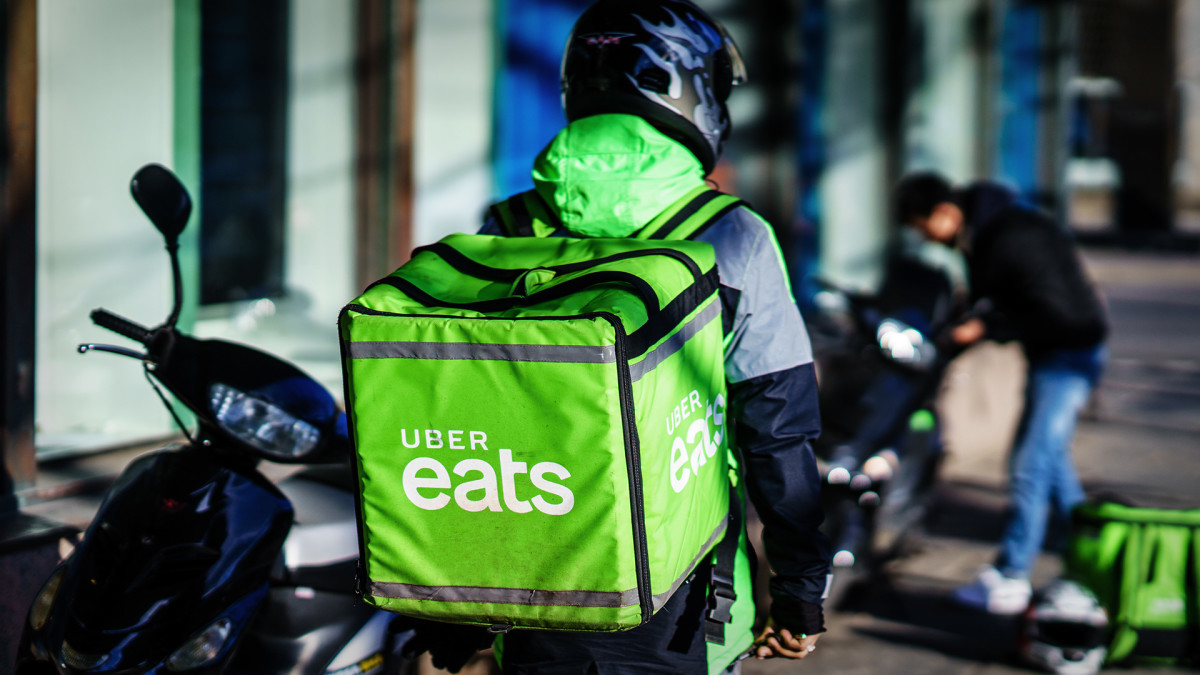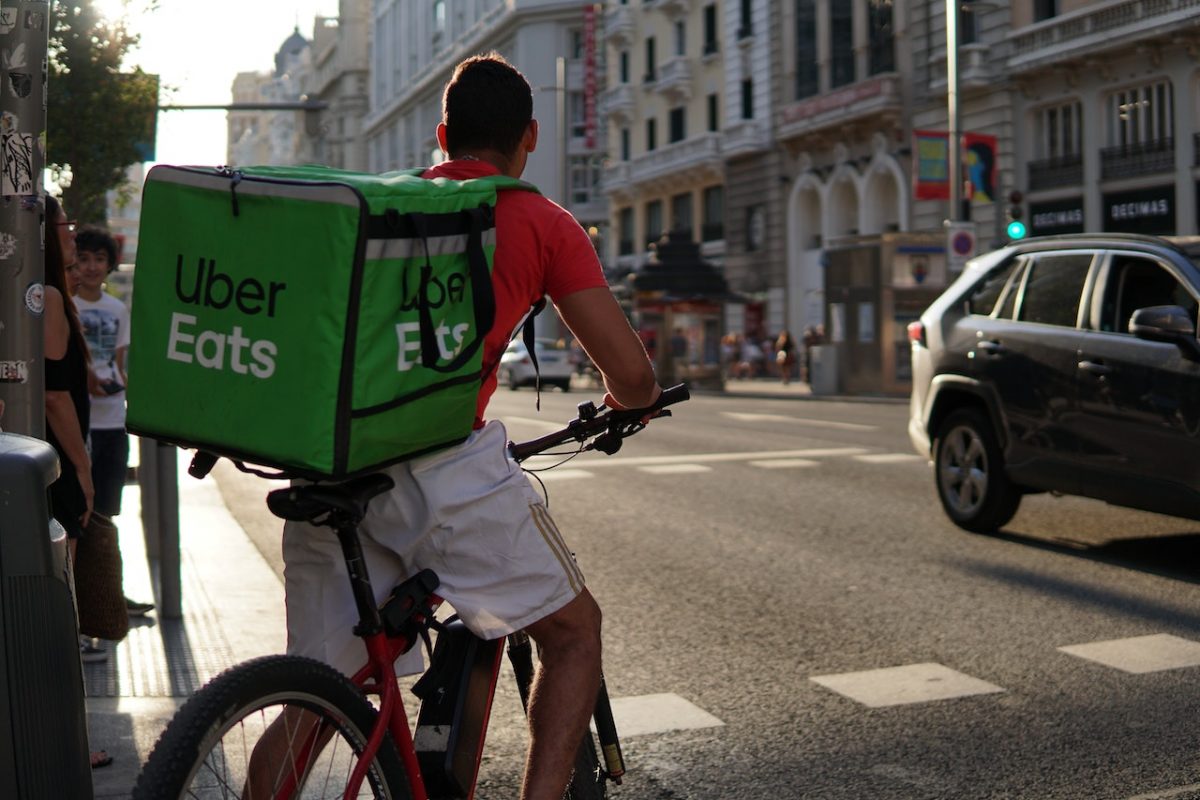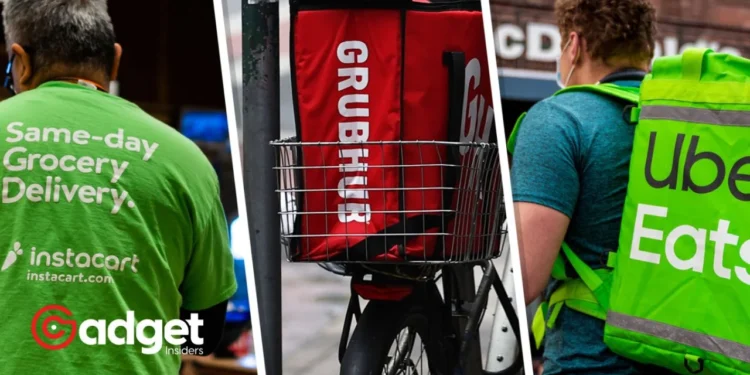In an industry where the convenience of meal delivery is often taken for granted, the recent closure of a food delivery service called ASAP marks a poignant moment of reflection. This isn’t just the story of a company struggling to find its place in a competitive market; it’s a narrative about the harsh realities of the food delivery sector, where even the most innovative players can find themselves edged out.

Food Delivery Service: A Saturated Market Spells Doom
The food delivery industry is notorious for its fierce competition and thin margins. With behemoths like Instacart, Grubhub, and Uber Eats leading the charge, the space has become increasingly congested, driving up customer acquisition costs and making profitability an elusive goal for many.
This environment has not only made it challenging for companies to sustain operations but has also diluted the uniqueness of what they offer. After all, when the core service—delivering food to your doorstep—remains fundamentally unchanged, differentiators like loyalty rewards or app usability become mere footnotes in a larger battle over price and convenience.
The closure of the food delivery service in question, previously known as Waitr before rebranding to ASAP, is a stark reminder of this brutal market dynamic. Despite its early success and ambitious vision to deliver “same day, from any type of business,” ASAP found itself unable to navigate the crowded market effectively.
The company’s attempt to diversify its delivery offerings beyond food—to include items like alcohol, sporting goods, and luxury apparel—was not enough to carve out a sustainable niche.
#Food-delivery service closes, #bankruptcy #filing likely – @worstideasTSThttps://t.co/MIMVXeLLtH
— BG Law (@BG_Law_Firm) April 3, 2024
The Fall of ASAP
ASAP’s journey from a Nasdaq-listed company to a shuttered operation is a cautionary tale of market forces and pandemic pressures. Purchased by billionaire Tilman Fertitta, ASAP once boasted a presence in 500 cities across 22 states. However, the COVID-19 pandemic and subsequent lockdowns, while initially providing a short-term boost to delivery services, ultimately exacerbated the company’s challenges.
The final blow came with the company’s announcement on its website, a somber goodbye that thanked customers for their loyalty but confirmed the end of the road. This closure is not just the end of a brand but also a signpost of the broader trends affecting the food delivery industry.
The saturation of the market, mirrored in scenarios like the self-serve frozen yogurt craze, leaves little room for players who cannot significantly differentiate themselves or operate at a scale that makes financial sense.

What This Means for the Industry
The story of ASAP is a microcosm of the larger shifts in the food delivery space. As companies jostle for dominance, the market is likely to see further consolidation, with only the most financially robust or innovative surviving.
This consolidation could mean a less diverse marketplace in the future, where a few large players dictate terms and choices for consumers. For the industry, it’s a wake-up call to innovate and diversify in meaningful ways that resonate with consumers beyond mere convenience.
The closure also raises questions about the future of delivery as a service. With the advent of new technologies and changing consumer expectations, the industry must evolve to stay relevant. Perhaps, in looking beyond the immediate competition for market share, there lies an opportunity to reimagine what delivery can mean in the lives of consumers.
As we bid farewell to ASAP, the industry must reflect on the lessons learned and the path forward. The food delivery market, ripe with potential, demands a delicate balance between innovation, scale, and customer experience. For those willing to navigate its complexities, the rewards can be substantial, but as ASAP’s story illustrates, the risks are equally formidable.










